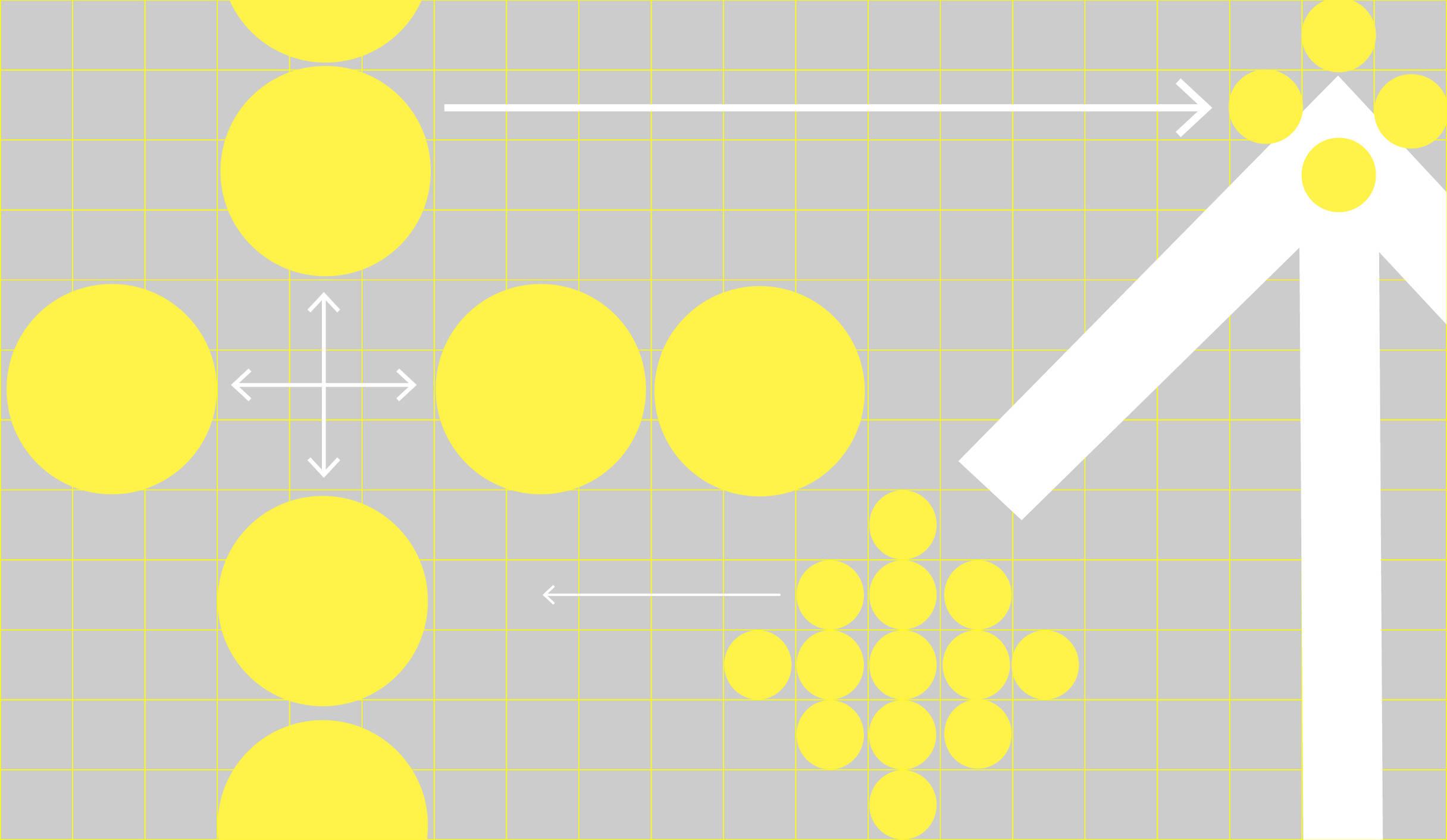A Tribute to the Shallow Designer
“I work as a UX Designer” is usually followed by a brief explanation about what I actually do. Not because it is this new up-and-coming discipline that still has to fight for a seat at the table. No, UX is now a proven entity within design and business. But the fact is that UX definitions vary. It’s especially interesting to see that the roles seem to have become more specialized, but isn’t that the one thing we were trying to avoid?

The generalist designer
The UX designer role was initiated as a broad holistic perspective on design that incorporates elements from the complete user journey. It should not only focus on digital or technical elements like the more traditional product design did. It should also look at design from a physiological perspective and aims to create a coherent omnichannel experience between touchpoints. This very broad question has created a generation of generalist designers that have a wide span of shallow knowledge. And this works. These designers have the ability to quickly adapt to changing challenges and acquire knowledge fast when the need arises.
Fragmented UX roles
But now that UX is expanding it is experiencing growing pains. With the designers came tools, methods and perspectives that have deepened the discipline to answer more complicated questions. Tools like customer journeys and methods like scrum have gained enough fame that even clients are starting to ask for them. This has created a new phase in which designers have dedicated themselves to these specific areas and have now gained a deeper understanding of them. The once so broad UX designer was fragmented into the customer journey specialist, scrum master and UX researcher. This is great because their specific roles have created more sound value for our clients. But does their expert niche view on design hinder them from seeing the bigger picture? What happened to the holistic designer that aims to look at the user’s entire experience?
Designing tools and methods
The optimization and innovation in tools and processes of the expert designers have sprouted foolproof structures that frighten me. Their apparent correctness, completeness and their rigid structure makes me feel like there is no room for design itself. I prefer being a designer that is flexible at what I do and what I am. It thrills me to not know what type of challenge will come my way tomorrow. I want to tailor each process and tool to the challenge and context at hand, and I see this as an inherent part of the design process.
Designer ≠ expert
That is why I believe we should fight for the broad and shallow designer. They sideline themselves into ever becoming an expert to maintain their holistic perspective. They are not defined by their title and find ways to creatively make sense of the complex world around them. Their not-so-specific mindset helps them to collaborate with others and work cross-disciplinary. This enables them to have a flexible and hands-on approach to designing.